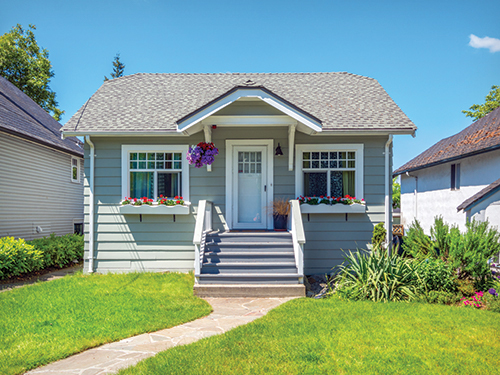In 2011, seniors (the segment of the population aged 65 and over) represented just 14% of the Canadian population. By 2036, seniors will account for 25% of Canadians. The growing proportion of seniors in Canada is expected to have major implications for the housing market.
As people age, their housing needs often change. Seniors may require home modifications to enable them to continue to live in their homes (or “age in place”) safely and comfortably. However, researchers have found that many seniors lack adequate preparation for doing so.
CMHC believes that it is important to address knowledge gaps in this area. We also feel that it is important to help address potential mismatches between current supply and demand of accessible housing. As such, we examined the following question: to what degree have accessible features been incorporated into the homes of Canadian seniors?
The research looked across socio-economic and demographic categories of Canadian seniors, and across building type and tenure. Some key findings:
- About one quarter (24%) of households and one third (32%) of senior households had an accessible entrance.
- Between 2002 and 2012, the incidence of grab bars in seniors’ homes increased from 35% to 42%.
- More than half (55%) of seniors requiring a wheelchair, mechanical support or help, as a result of mobility limitations, lacked an accessible home entrance.
- Seniors who recently moved were more likely to have accessible features in their homes.
The research findings led to some interesting conclusions, including:
- Multi-unit dwellings, specifically apartment buildings, are meeting the housing needs of seniors.
- A significant share of seniors with mobility challenges are living in housing that is not accessible.
- Targeted government regulations and incentives seem to be an effective way to increase housing accessibility.
By investing in affordable and adaptable homes, seniors may be able to postpone moving as their needs change. With targeted regulations and incentives, the government and industry can help increase the stock of accessible homes for the growing senior population.
Read the entire report HERE







Follow us on:
Google+ Facebook Twitter YouTube Email